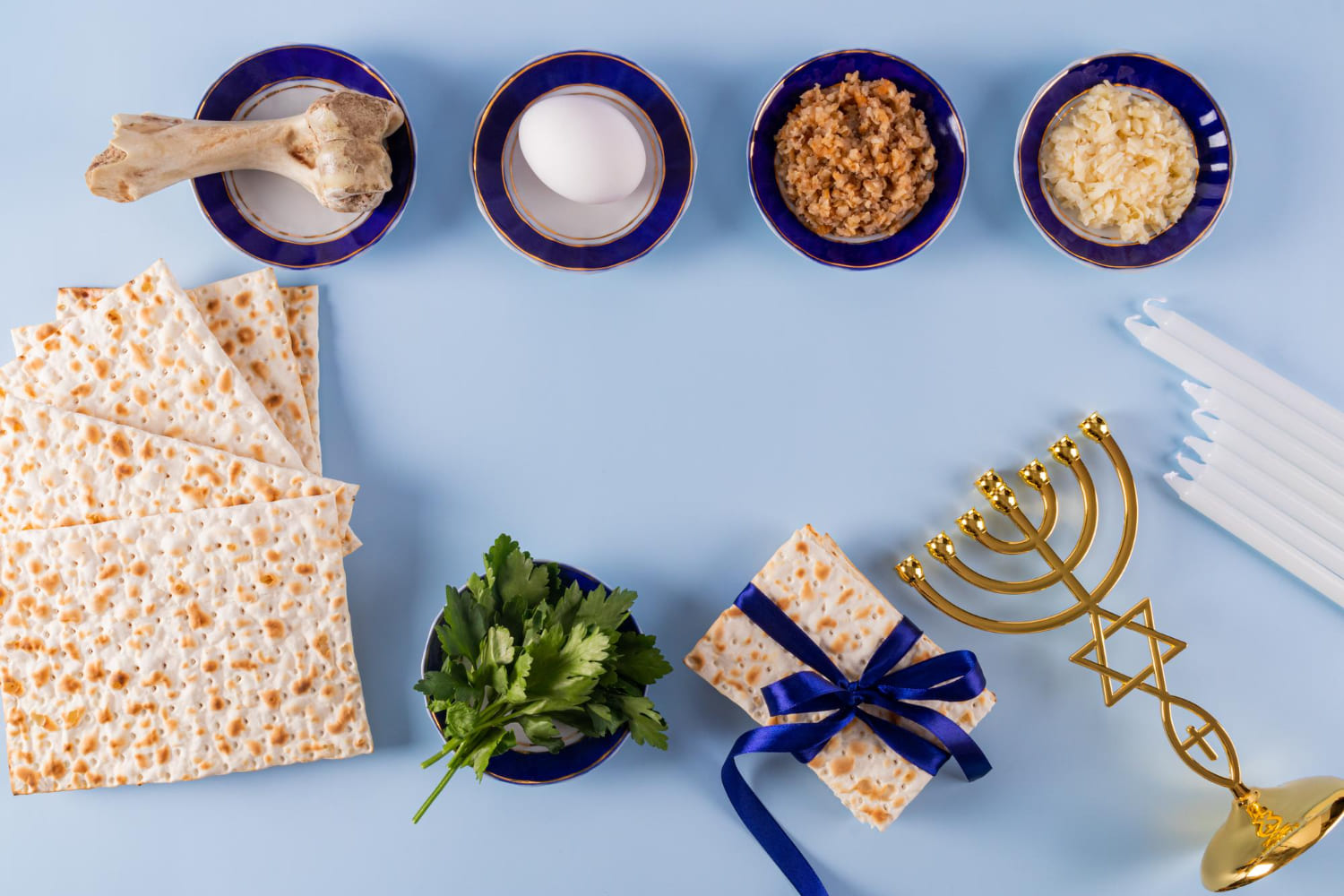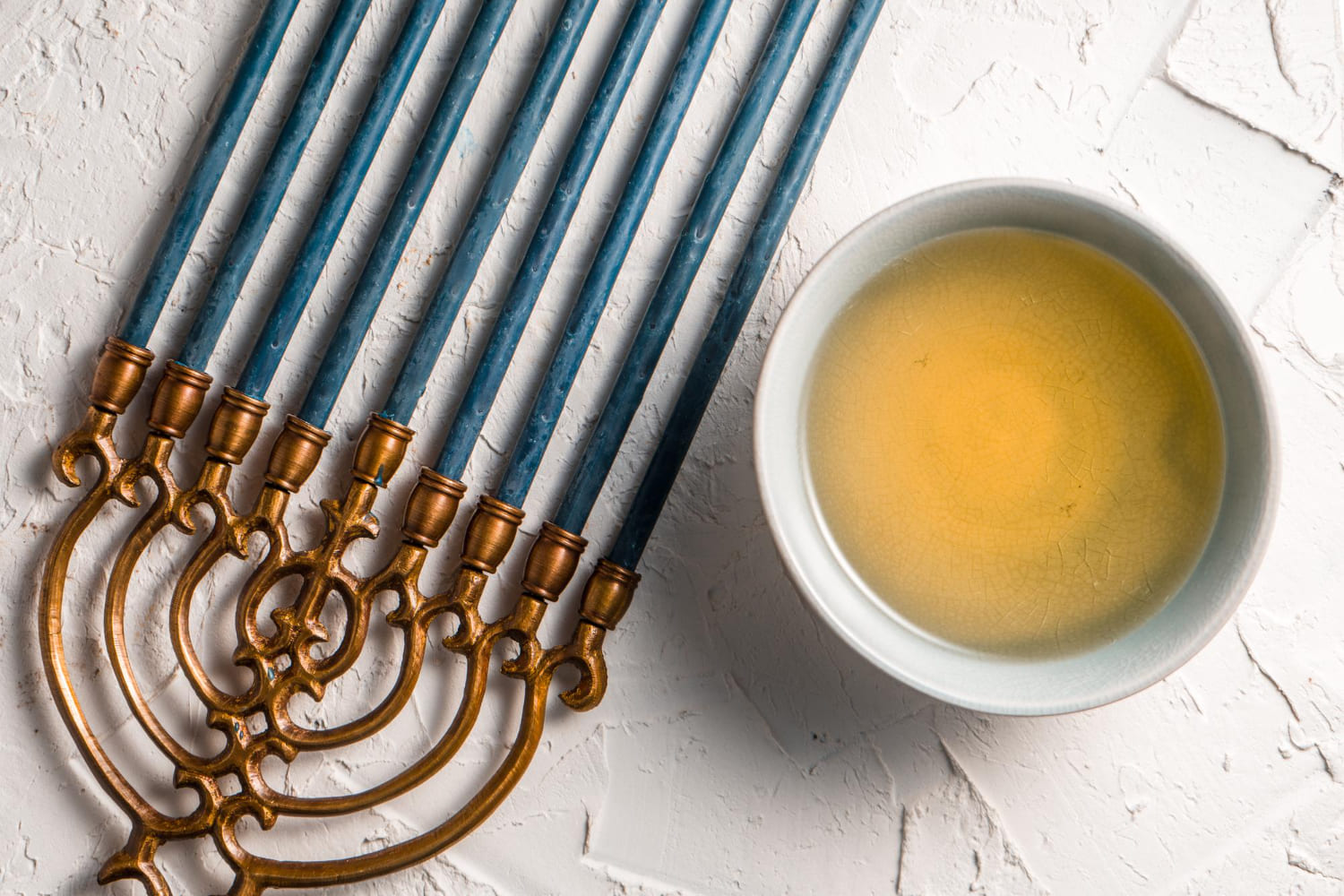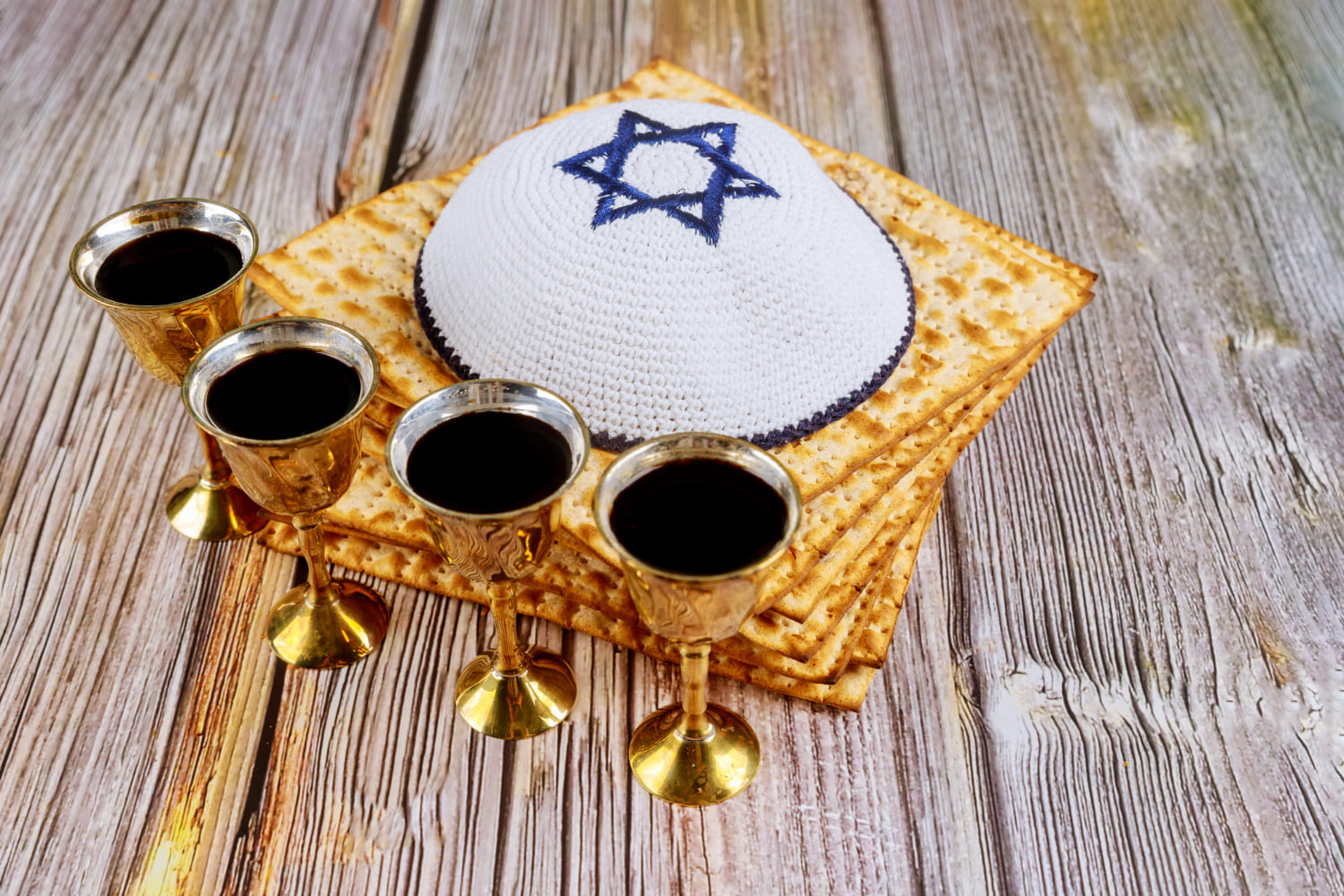While most people know that there are strict rules around the consumption of meat by Jewish people, their grasp of the rules around dairy might be a bit sketchy.
We know that Jews can’t eat meat from certain animals, but what are the rules around milk?
Jews can drink milk, as long as the milk has come from kosher animals, such as cows, sheep, or goats (not non-kosher animals, like pigs and camels). Milk must also be prepared and served using utensils that have not been used to prepare meat.
So if the only things you know about Jewish dietary laws have been gleaned from watching reruns of Seinfeld, read on to find out what the rules are and why, and what this means in practice.
What milk can Jews drink?
Jews are only allowed to drink milk from kosher animals. The rules surrounding which foods Jews can and can’t eat are known as kashrut and are found in the Jewish book of sacred texts, the Torah.
Foods that are allowed are referred to as kosher. Land animals that are considered kosher are those with cloven hooves that chew the cud, such as cows, sheep, or goats.
There was originally a law that Jews could only consume milk that had been produced under the supervision of an observing Jew. This milk is referred to as Chalav Yisroel. This was to ensure that the milk was purely obtained from a kosher animal.
However, modern laws surrounding milk production in the US and EU countries strictly forbid the mixing of different kinds of milk anyway, so it can be assumed that all commercially produced milk is kosher.
Why can’t milk and meat be mixed?
The misconception that Jews cannot drink milk probably arises from the rule that they cannot consume milk and dairy together. In the Torah, it is stated, “Do not cook a kid in its mother’s milk.”
This has been taken to mean that meat from a mammal or fowl must not be cooked in or alongside any dairy product and that this mixture cannot then be eaten, or benefitted from in any way (e.g. sold in a restaurant).
The rule that milk and meat cannot be mixed has further implications.
Firstly, they must not be allowed to come into contact with each other in the fridge. In the home, this is not so much of an issue, but when drinking outside of the home care must be taken.
For example, at a café or restaurant, it will often be impossible to know whether milk has come into contact with meat during storage.
Secondly, different crockery, utensils, and equipment must be used for meat and dairy, so for example, a milkshake could not be made in a jug that is used to make gravy.
These items must also not be washed in the same sink, so two sinks are required in the kosher kitchen.
How long do Jews have to wait between consuming meat and milk?
After consuming dairy, Jews are required to eat something neutral (referred to as pareve) such as fruit, vegetable, or egg, then rinse their mouth or have a drink, as well as wash their hands.
Many would also wait up to an hour before consuming meat.
After eating meat, Jews must wait between one and six hours (the exact length of time differs between different Jewish customs) before consuming dairy, including drinking milk.
Can milk be used as an ingredient in Jewish cookery?
Milk can be used as an ingredient, as long as there is no meat in the recipe.
Even the smallest amount of dairies, such as a splash of milk in mashed potato or milk-derived butter for example, would mean that item could no longer be served alongside meat.
What are the rules for milk alternatives?
One way to get around these rules is to use alternatives such as almond or soya milk. These milks are made from nuts or pulses, so they are considered neutral/pareve and can be eaten alongside meat.
However, some supposedly ‘non-dairy’ products, such as non-dairy creamer and margarine, can contain milk derivatives, such as caseinate, lactose, and whey, so labels must be checked carefully.







